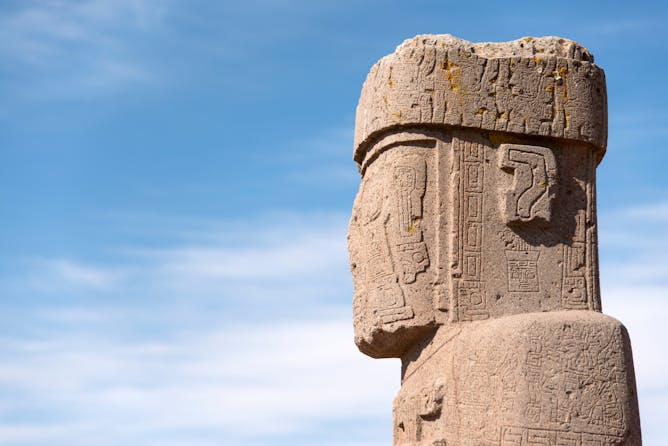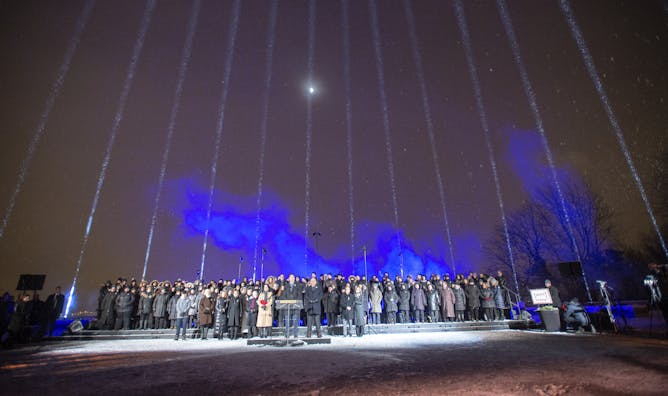|
School systems across Canada stress inclusive classrooms, but many parents of children with disabilities report nightmare experiences consisting of long wait times for the assessments, services and supports their children need, often with taxing and heartbreaking results. The way our systems have developed often seems to mean the positive relationships that are key to children’s development are marginalized in the larger shuffle.
Today in The Conversation Canada, Nadine Bartlett and Taylor Ellis of University of Manitoba share disturbing findings from a survey they conducted of parents of children with disabilities in Manitoba. Their research documented the shocking use of physical restraint and seclusion spaces of children with disabilities in schools.
In Manitoba, they write, “there are no provincial educational policies to regulate the use of physical restraint and seclusion in schools. There are also no accountability structures to track their use. The absence of regulation has contributed to the misuse of these practices and students with disabilities are most at risk.”
The reported experiences “contravene … the United Nations Convention on the Rights of Persons with Disabilities and the United Nations Convention on the Rights of the Child which provide protections from cruel and inhumane treatment.” Change is urgently needed.
Also today:
Regards,
|

A recent Manitoba study documented the shocking use of restraints and seclusion of children with disabilities in schools.
(Shutterstock)
Nadine Bartlett, University of Manitoba; Taylor Ellis, University of Manitoba
The use of restraints and seclusion in schools for children with disabilities is a human rights problem that needs redress through greater accountability.
|

The head of a monumental stone statue from Tiwanaku, Bolivia.
(Shutterstock)
Andrew Roddick, McMaster University; Anna Guengerich, Eckerd College
Polished metal monoliths recently appeared in remote locations around the world. In some ways, they're not unusual — standing stones have been important in many historical cultures of the world.
|

Prime Minister Justin Trudeau makes remarks in December 2019 as 14 beams of light point skyward during Montréal ceremonies to mark the 30th anniversary of the 1989 École Polytechnique shooting.
.THE CANADIAN PRESS/Ryan Remiorz
R. Blake Brown, Saint Mary’s University
Why do some gun owners insist on referring to the Montréal Massacre shooter by his birth name?
|

How we talk to — and talk about — people who use substances is often pathologizing and hurtful.
(Shutterstock)
Kara Fletcher, University of Regina
The words we choose to talk to and talk about individuals who use substances are critical, as they contribute to how drug policy, substance use treatment and societal understanding are framed.
|

La tentation - mais aussi souvent la pression - d'utiliser une foule d’outils technologiques pour capter et maintenir l’attention des étudiants ou faciliter la collaboration est souvent très forte, mais elle a ses mauvais côtés.
Louis-Etienne Dubois, Ryerson University
Et si une des réponses aux enjeux de l’enseignement à distance passait surtout par un retour à l’essentiel et la mise en place de contextes moins « technos » et plus humains ?
|
Business + Economy
|
-
John Hawkins, University of Canberra; Ben Freyens, University of Canberra; Michael James Walsh, University of Canberra
Spotify is offering to boost artists’ position on its playlists in return for paying them lower royalties. Can struggling musicians afford to say no?
|
|
Culture + Society
|
-
Gordon Rixon, University of Toronto
For many, New Year's resolutions do not last more than a few days or weeks. A theologian writes how we can learn from the challenges and reflections of Saint Ignatius.
|
|
Environment + Energy
|
-
Jan Hugo, University of Pretoria; Chrisna du Plessis, University of Pretoria
The built environment plays a pivotal role in lowering residents' exposure to climate change driven risks.
|
|